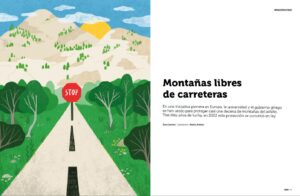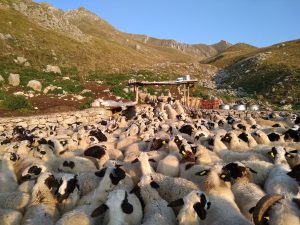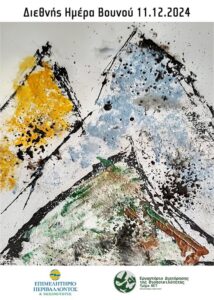Europe is the most fragmented continent in the world by roads and artificial surfaces. According to the latest report by the Commission and the European Environment Agency, land use change (which includes road sprawl and the increase of artificial surfaces) is the number one threat to biodiversity with climate change being less significant. Greece, although less fragmented compared to the rest of Europe, is increasing faster its road network and artificial land. A bold decision, announced by the Prime Minister of Greece at the Glasgow Climate Summit (COP26), will protect the most extensive roadless areas, with the emblematic title “untrodden mountains”. Deputy Minister of Environment G. Amyras in his interview (Kathimerini: Sunday 21/11/2021) confirms the intention of the Greek Ministry of Environment to institutionally protect the most pristine mountainous areas of the country by prohibiting the opening of new roads and all that entails in them. The Ministry will start with the protection of 6 mountains, based on the results of the ROADLESS project. The Greek Ministry pioneers and shows the way to other EU countries for the preservation of the most pristine mountainous wilderness, as biodiversity refugia and precious ecosystems that function as carbon stores and contribute to tackling the climate crisis. In Greece there are still such areas, in other European countries maybe not. Areas that, among other things, have the potential to become international ecotourism destinations.
Our research continues. Our research team, in the framework of the project “NATLAND – Undisturbed natural areas of Greece (SEBI 13)”, which is funded by the Green Fund, has completed the first phase of mapping the “Untrodden Mountains”, i.e, the pristine natural landscapes of Greece without roads, with null or minimal anthropogenic disturbance, also characterized by high natural, ecological and aesthetic value. We have submitted to the Ministry our results (spatial database) for these areas which contain roadless areas [1] that extend over 10 sq km and overlap partially or completely with the Nature 2000 network. 46 such areas were identified (39 areas with Roadless Areas of 10-50 sq .km. and 7 areas with Roadless Areas > 50 sq.km.), which have an area of about 2,829 sq.km. (2.14% of the land area of Greece). Mr. Giorgos Amyras pledged to study the results of our project and the Ministry intends to proceed with the protection of other such areas. So, preservation of virgin ecosystems, the treasure of Greece, its nature! We support this political initiative, we hope it will cover all the extended Roadless Areas over 10 sq.km, and that it will be a guideline for European countries.
Watch the relevant video spot and read the interview of Mr. G. Amyras, Deputy Minister of Environment.
[1]: Roadless Area is every land patch (polygon over 1 sq.km) that is at least 1 km away from the nearest road.





